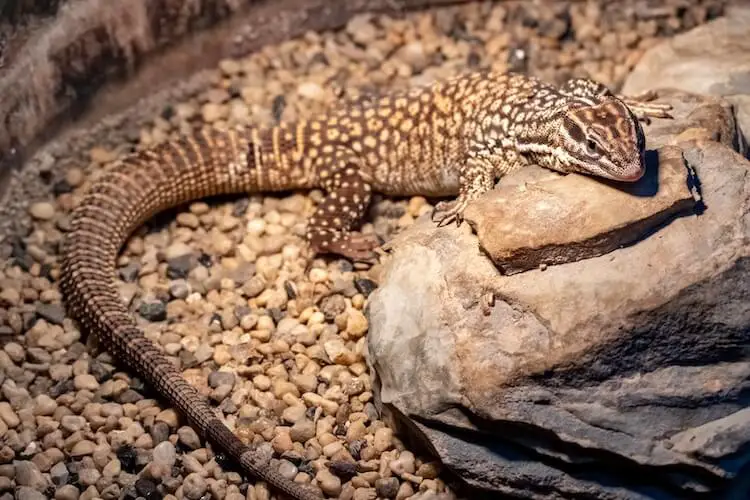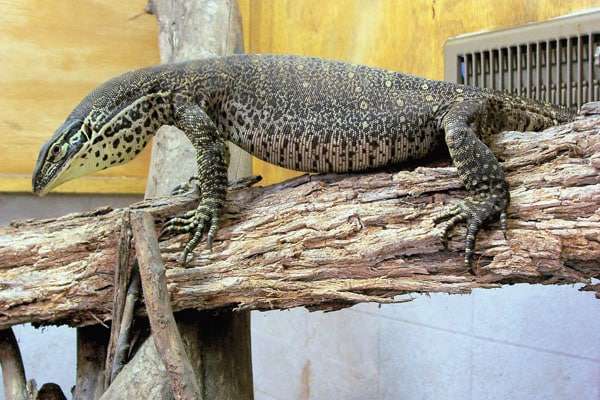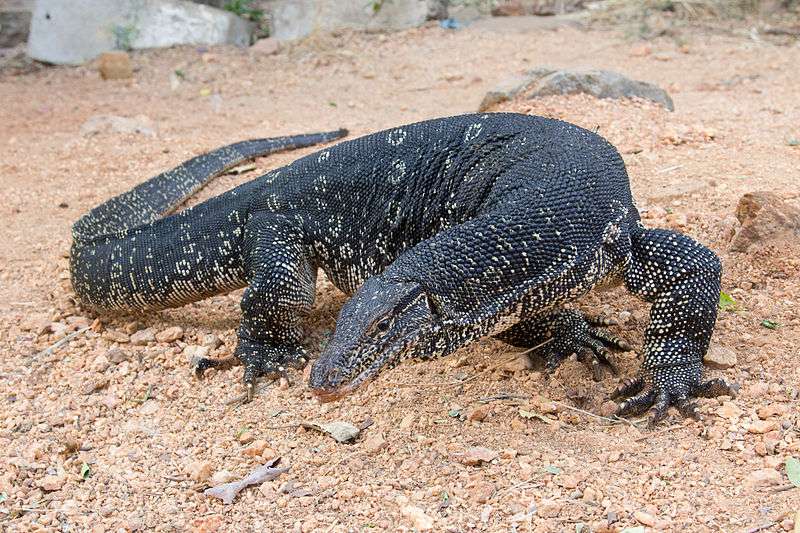
Description:
Scientific name: Varanus caudolineatus
Life span: Up to 25 years
The striped-tailed monitor lizard may reach a maximum length of 32 cm. At the length of 9.2cm (from snout to vent) they will reach sexual maturity. Males and females have the same appearance and are not known to have different sizes; hence there is no sexual dimorphism. Because northern populations of this species grow larger and more closely resemble pygmy mulga monitors.
Native Region/Habitat
The stripe-tailed monitor lizards are native to Western Australia. They are also found in woodlands, shrublands, and grasslands. The stripe-tailed monitor lizards may inhabit rock outcrops, hollows in mulga, loose barks, and eucalyptus trees.

Behavior:
The stripe-tailed monitor lizard is active only when temperatures exceed 30 to 45 degrees Celsius. Even so, the average travel range for this monitor is only 34 meters. They may stay in one tree for approximately 15 days. Furthermore, it exhibits some social behavior. In a range of 500m2, about 4-5 monitors can live together. After breeding, which most usually occurs in July and August, females deposit a clutch of 4-5 eggs between November-December. They can feed on small arthropods including spiders, grasshoppers, centipedes, scorpions, cicadas, beetles, and moths.
Care As a pet/In captivity:
The stripe-tailed monitor lizard needs an enclosure that has proper ventilation and is made up of wood or glass. The size of an enclosure must be 70 x 40 x 60 cm high to keep the pair of this monitor. The enclosure must have a front made of wires. The large-sized adult stripe-tailed monitor lizard needs a large enclosure. Enclosures must be impervious and secure. Additionally, non-contaminated sand, bark, chips, and tree branches must be added in the enclosure. The monitors can warm up and cool down as needed if a basking lamp is placed in the enclosure to provide a warm and cold temperature. A heated area should be between 33 and 35 degrees Celsius.
Table





